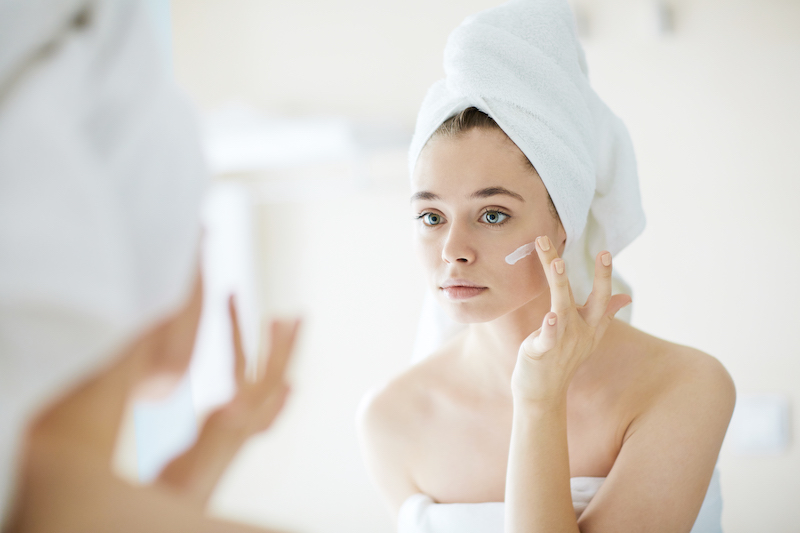There is a bewildering range of skincare options out there, from cleansers and moisturisers to serums and toners. When we factor in differences in skin type and seasonal changes, it’s easy to feel confused about what to put on our skin.
It’s crucial to get a firm grasp on the fundamentals, from the job of the product to the recommended order of application. Most individuals can’t even differentiate between a serum and a moisturiser. Let us understand it better.
What is a Face Serum?
A face serum is a highly concentrated formula that allows for the active ingredients to be absorbed into the skin in a direct manner. Because the molecules that go into their products are often much smaller than those that are present in creams and lotions, they are able to more easily penetrate the surface layer of the skin.
A range of skin concerns, like wrinkles, fine lines, dark spots, and uneven skin tone, can all be addressed with the application of serums. Vitamin C is a potent antioxidant that can help brighten the skin and protect it from harm. Many face serums include various active ingredients addressing a specific skin concern like niacinamide, hyaluronic acid, AHA BHA PHA, Glycolic acid and more.
What is a Face Moisturiser?
A face moisturiser is a cream or lotion that helps to hydrate and plump the skin. It is made of a thicker formula to build a physical barrier that seals the hydration as well as prevents skin from drying out. It typically contains ingredients like hyaluronic acid, glycerin, and dimethicone, which work to trap water in the skin and prevent evaporation.
Face moisturisers may be used to treat a wide range of face concerns, including dryness, dullness, and uneven skin texture.
For example, The sun’s ultraviolet (UV) radiation can cause damage to the skin. Hence many facial moisturisers also contain SPF, which can help protect the skin from this damage.
Where Do Face Serums and Face Moisturisers Differ?
The primary distinction between a serum and a moisturiser for your face is the consistency as well as the formulation. Serums are typically made with smaller molecules that can penetrate the skin more deeply, while moisturisers are made with thicker formulas that sit on the surface of the skin.
Serums are also typically more concentrated than moisturisers, which means that they can target specific concerns more effectively. A combination of both serum and moisturiser is required for a complete skincare routine.
Applying the lightest product to the skin first is the standard procedure for applying skincare products. In order to maximise the serum’s ability to penetrate the skin and distribute its active components, it is best to apply a layer of moisturiser over it.
Apply a serum to your face and neck and let it sit for 30 to 60 seconds before putting on a moisturiser. The serum needs some time to absorb before the moisturiser goes on.
Conclusion
Including a targeted face serum product in your daily skincare regimen can help improve the appearance of your skin if you have an issue with your skin that you would want to fix, such as dark spots or early indications of ageing. And the perfect serum and moisturiser combination may make all the difference for people with dry skin.

